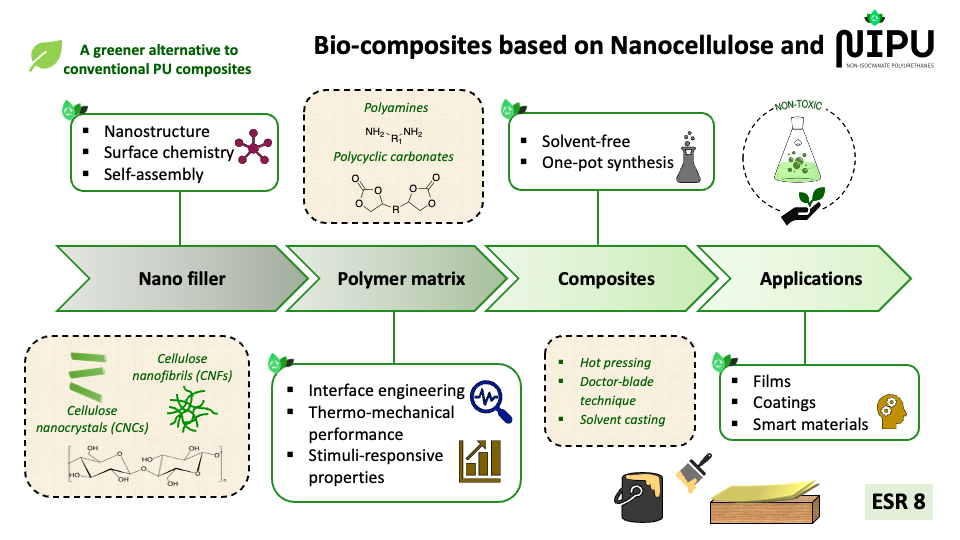Sustainable High Performance Polymers from Functional Building-Blocks Created in Water
The projects aim to develop new materials based on renewable resources. The synthetic strategy involved is highly modular. This modularity enables a plethora of monomeric building blocks in one step. The final materials originate from abundant, cheap, and renewable reactants, meaning that the developed material would apply to all applications, ranging from advanced biomedical applications […]
Sustainable High Performance Polymers from Functional Building-Blocks Created in Water Läs mer »


